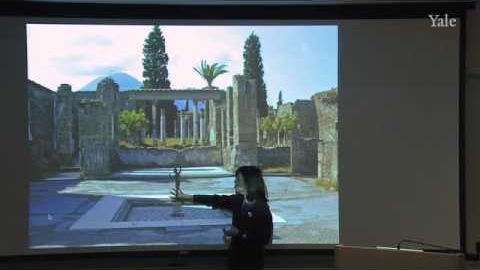
字幕と単語
5.富裕層の生活:ポンペイの家と別荘 (5. Lifestyles of the Rich and Famous: Houses and Villas at Pompeii)
00
Sofi が 2021 年 01 月 14 日 に投稿保存
動画の中の単語
interesting
US /ˈɪntrɪstɪŋ, -tərɪstɪŋ, -təˌrɛstɪŋ/
・
UK /ˈɪntrəstɪŋ/
- adj.興味を引く : 興味深い;注目すべき : 特筆すべき;皮肉な;珍しい
- v.t.興味を持たせる;興味を持たせる
- adv.興味深く
A1 初級
もっと見る エネルギーを使用
すべての単語を解除
発音・解説・フィルター機能を解除
